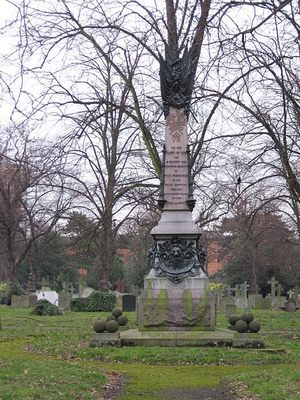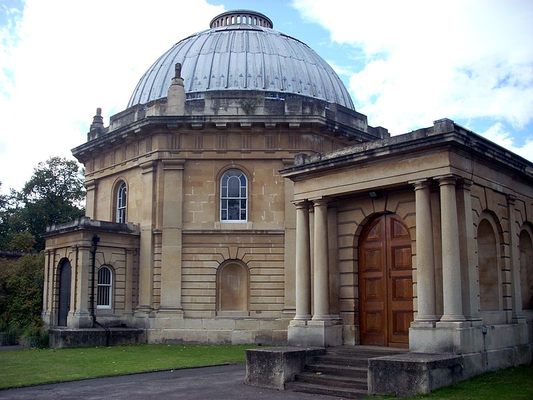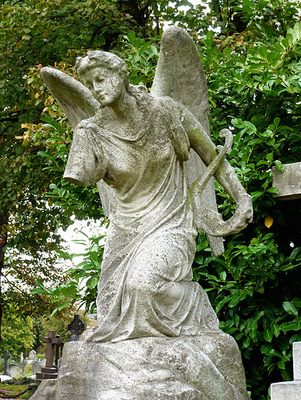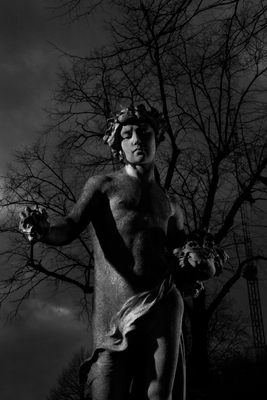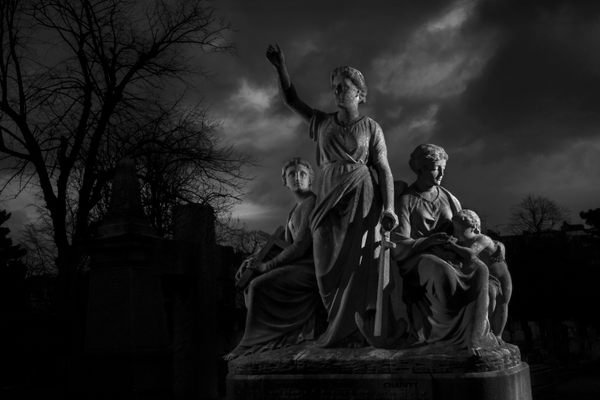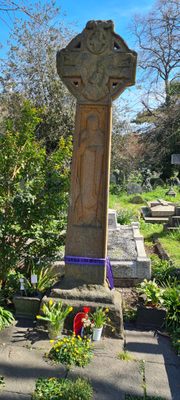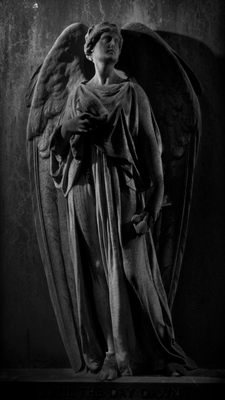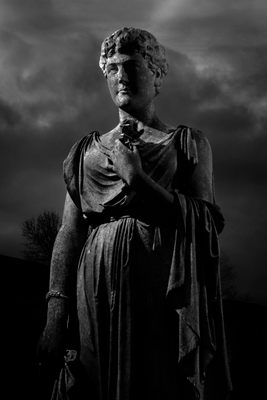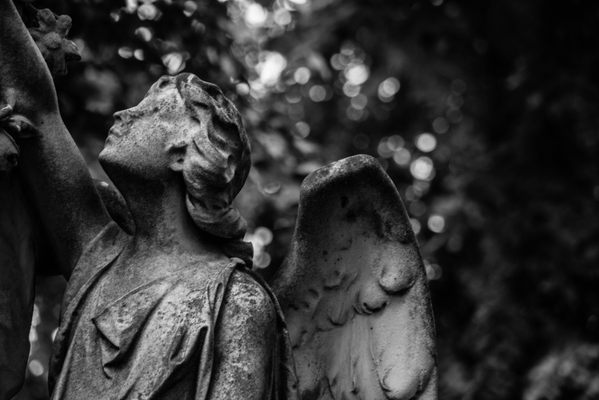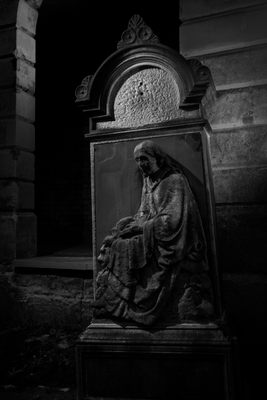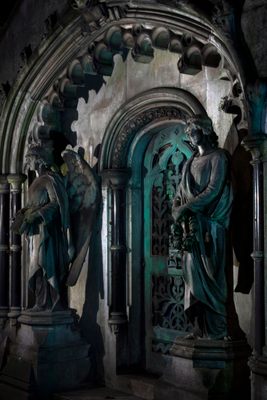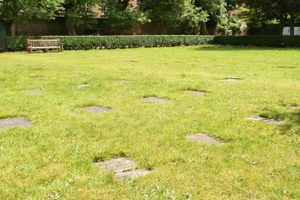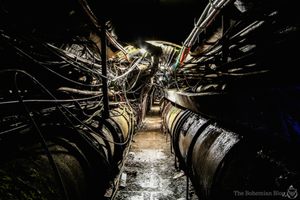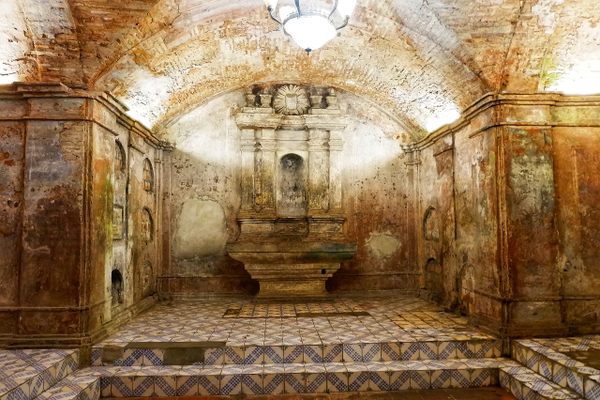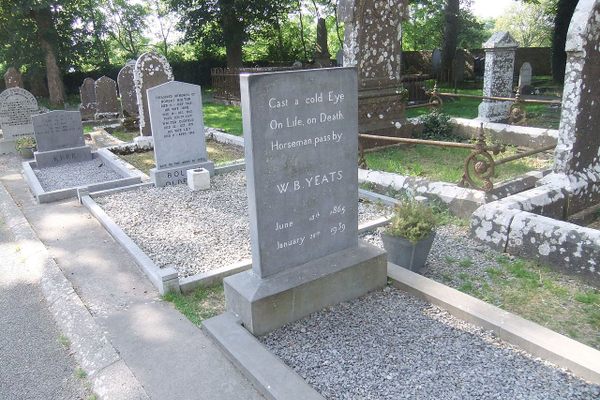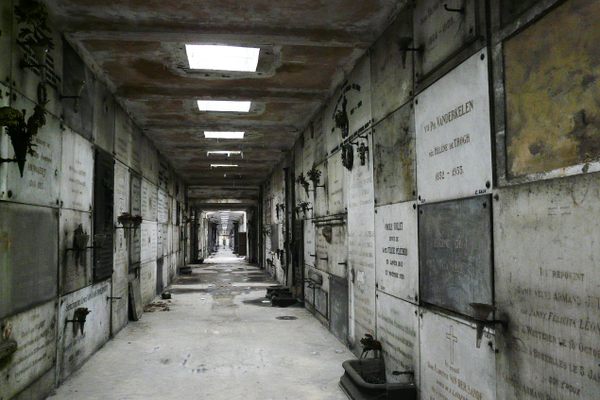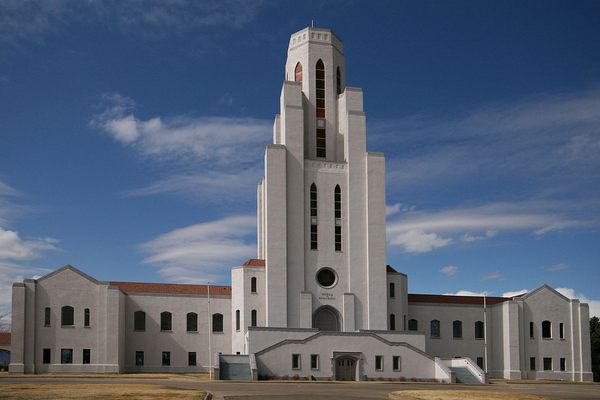About
Seeking names for the animal characters in her children's stories, the author Beatrix Potter would often visit nearby Brompton Cemetery for inspiration. Here amongst the cemetery's estimated 205,000 interments are familiar names: Peter Rabbett and the surnames Nutkins and McGregor are also present.
Originally known as the West London and Westminster Cemetery Company, the cemetery was established in 1840 as the sixth of London's "Magnificent Seven" Victorian-era park-cemeteries. Brompton Cemetery now covers 39 acres. It's listed as Grade I in the English Heritage Register of Parks and Gardens of Special Historic Interest in England. The chapel and each arcade quadrant are separately listed as Grade II.
Comprised of Kensal Green, Highgate, West Norwood, Abney Park, Nunhead, Brompton, and Tower Hamlets cemeteries, the Magnificent Seven were created in 1832 as part of an effort to move burials out of the City of London in response to twin pressure of health concerns about overcrowded churchyard cemeteries as well as desires for buildable land in the rapidly expanding city.
The cemetery was originally closed to burials in 1952, but is now once again interring the city's dead. Potter, who died in 1943, had her ashes scattered in Sawrey, England. Unlike many cemeteries, Brompton is treated as a community garden, and you'll see people cutting through on walks, walking dogs, and even biking or roller skating.
Related Tags
Know Before You Go
South Gate off Fulham Rd. North Gate off Old Brompton Rd. Tube: West Brompton - District Line (Wimbledon branch)
Community Contributors
Added By
Published
February 18, 2013











